Missing and Found Paintings
K-Galerie im Maxforum
In 2009, sixteen paintings by Gostev were displayed at the gallery Munich K-Galerie im Maxforum. Before New Year 2010, the gallery owner, Klaus Uchtmann, wrote a letter informing that six of Gostev’s paintings had been sold, after which all communication with him ceased. Later, Klaus suffered a stroke, became incapacitated, and his son, Olaf Uchtmann, hastily closed the gallery.
During the liquidation of the gallery, Gostev's paintings disappeared. Olaf did not respond either. After requests for help to the Schratzlseer family, Claudia Schratzlseer found and sent back four works. The fate of the remaining paintings remains unknown.
Klaus was a good friend of Gostev, and the artist knew about his health issues. He speculated that Klaus might have used the money from the paintings’ sale for his treatment. It’s a pity for Uchtmann, the paintings, and the end of K-Galerie im Maxforum. Below are images of the missing paintings, considered lost or stolen:
Reflecting and feeling a bit melancholic, Gostev later recreated "Red Road," "Dacha in Winter," and "Night." This time, much better. He overcame his regret through the quality of his paintings, rather than searching for the lost ones.
Painting in Germany.
Gostev was always sincerely impressed by Germany — its way of life, the precision and seriousness of the German people. It was Germany and his German friends who helped him open the doors to Western Europe. Germany holds an important place in the artist's biography and career. Close friends, such as the late professor, oceanographer Dr. Roland Schroeder, and his wife Gisela, the late Tilmann family — Sonja and Werner, his friend, NATO Headquarters Colonel Gerhard Ketsch, and many others, played a special role in his life. Gostev was valued and accepted in high circles in Germany. Germans gladly bought his works and eagerly awaited new ones. Klaus Uchtmann was also a good friend of the artist and was responsible for the commercialization of his paintings until his stroke.
If you have seen them.
After the disappearance of the paintings, Gostev ironically noted that not all Germans burden themselves with honesty, but they truly love art, given that twelve works went missing. The artist decided not to trouble himself with trips to the police and tried to forget the incident.
After his death, documents were found by his family — contracts with K-Galerie im Maxforum, Klaus Uchtmann's debt, and lists of works. Although, according to German law, the case loses its legal standing after eight years, we would like to warn the "owners" of the missing paintings about potential legal and reputational consequences. If you have information about the missing paintings, please contact us.
Not all paintings disappear without a trace
The incident with K-Galerie im Maxforum is sad. Life throws different circumstances, forming chains of events, and artworks may disappear or unexpectedly reappear. One such miraculous reappearance is that of one of Gostev’s paintings, found half a century after it was created.
In 2015, Gostev gave his son a block of watercolor paper, mounted on cardboard for stability. Sheet by sheet, it turned into watercolors and sketches in his son’s studio. His granddaughter, Renata Gostev, also painted watercolors, practicing, and eventually took the block for herself. Nine years later, nearly three years after the artist’s death, she peeled off the last sheet and discovered a hidden painting on the cardboard. Amazed, she sent the image to her father.
I remember this piece, although I was only 3-4 years old. It’s my mother. The bottom part of the painting was cut off, and she was wearing a beautiful red blouse...
— Anatoli Gostev Jr.

The artist's divorce from the mother of his only son was painful. Despite their strained relationship, Gostev kept half of the painting and gave it to his son without saying anything about the hidden portrait. Thus, paintings not only disappear but also reappear.
From a technical perspective, "The Portrait of the Artist's Second Wife" is far inferior to the paintings that disappeared in Germany. However, there’s a mystical element in this story — important things return to where they are truly needed. The portrait was painted with love, and the cardboard preserved that feeling forever. The emotion that filled the work gives its power only to those who can see and receive it. This is, perhaps, the main difference between art and pseudo-art.
We want to emphasize that before buying a painting, a future owner should feel an emotional connection to the work. In this case, the painting will become a friend, a companion, a source of inspiration. This is why artists create their works. It’s better not to steal them. There’s an order to investing in a work of art: first comes the emotional connection, and then the financial value. Otherwise, an old wisdom comes to mind: What good is it for a man to gain the whole world, yet forfeit his soul?
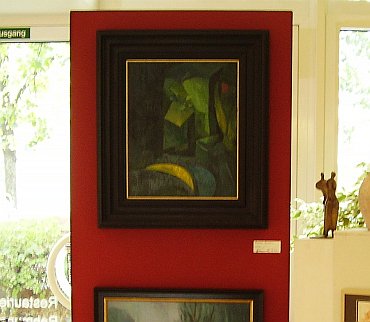



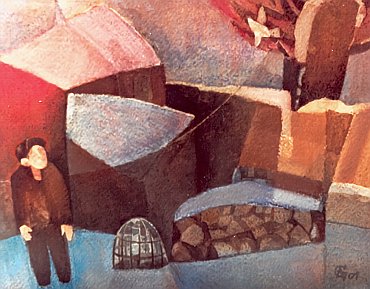
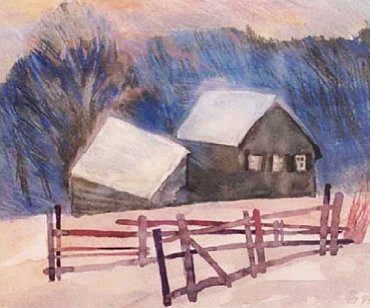
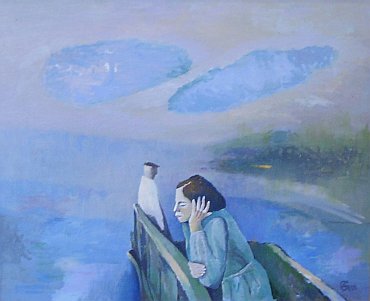
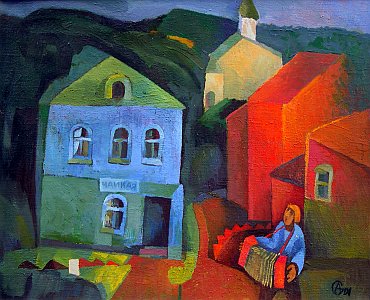
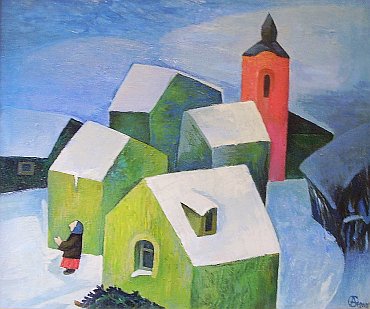
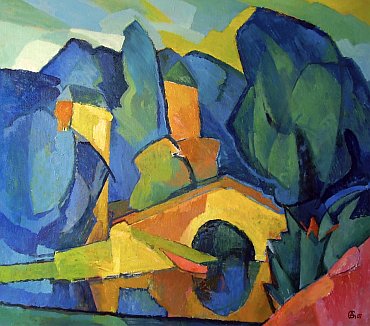
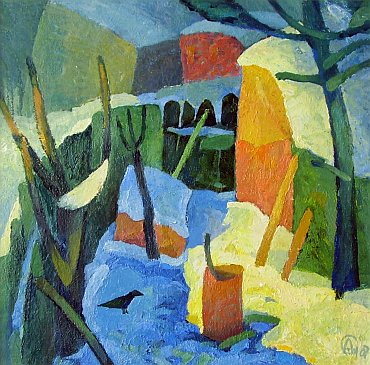
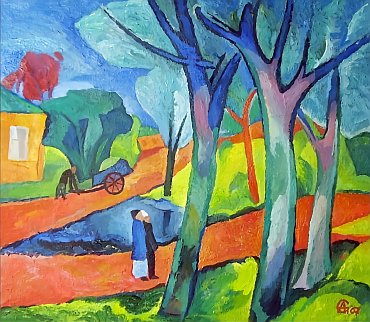
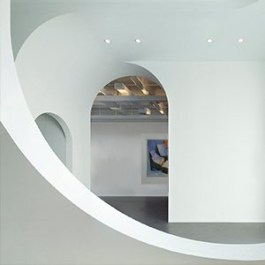 Ownership of an artwork
Ownership of an artwork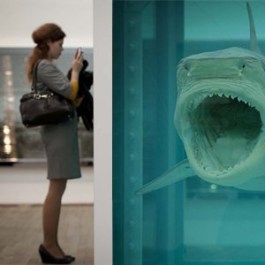 Destruction of the Spirit in Art
Destruction of the Spirit in Art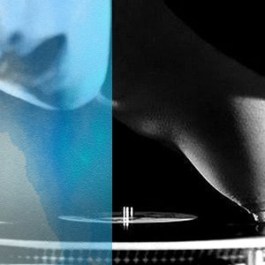 Art inspiration
Art inspiration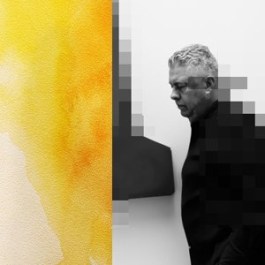 Contemplation of painting
Contemplation of painting


